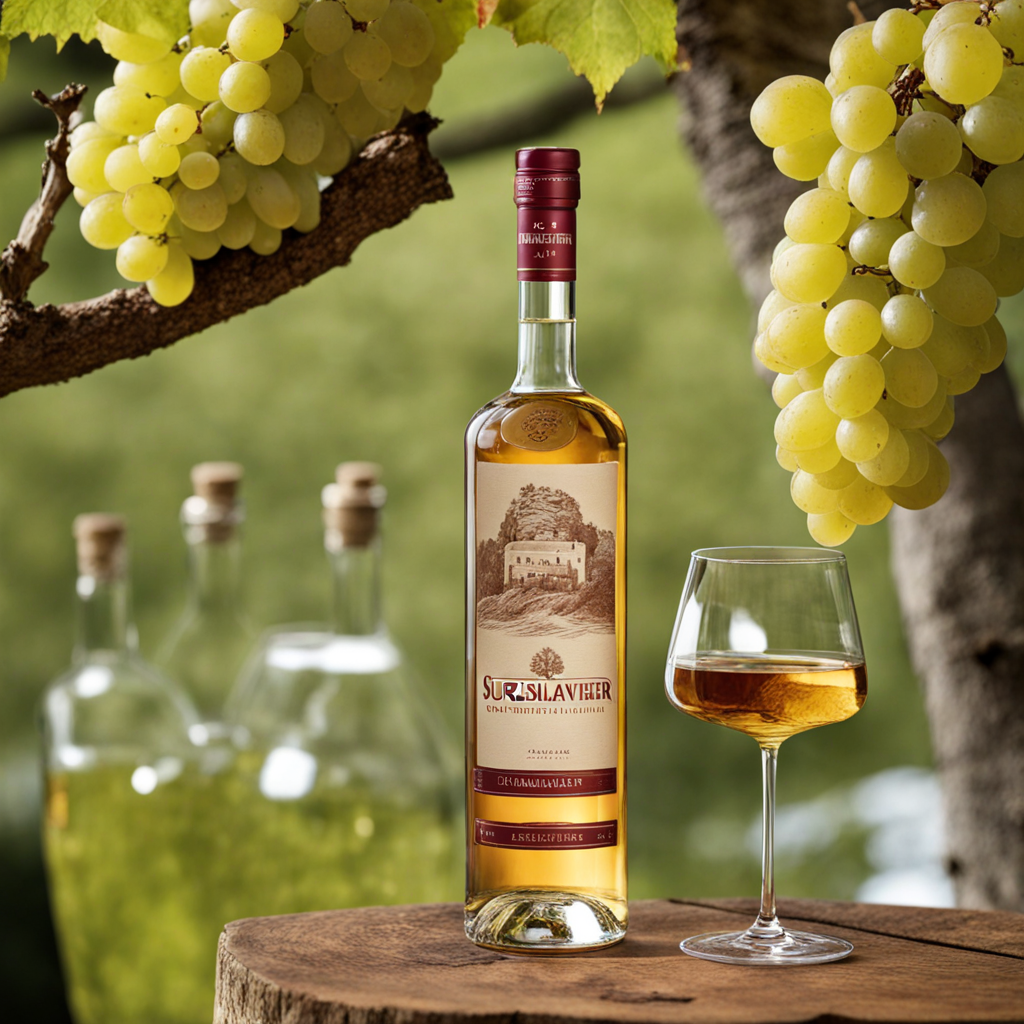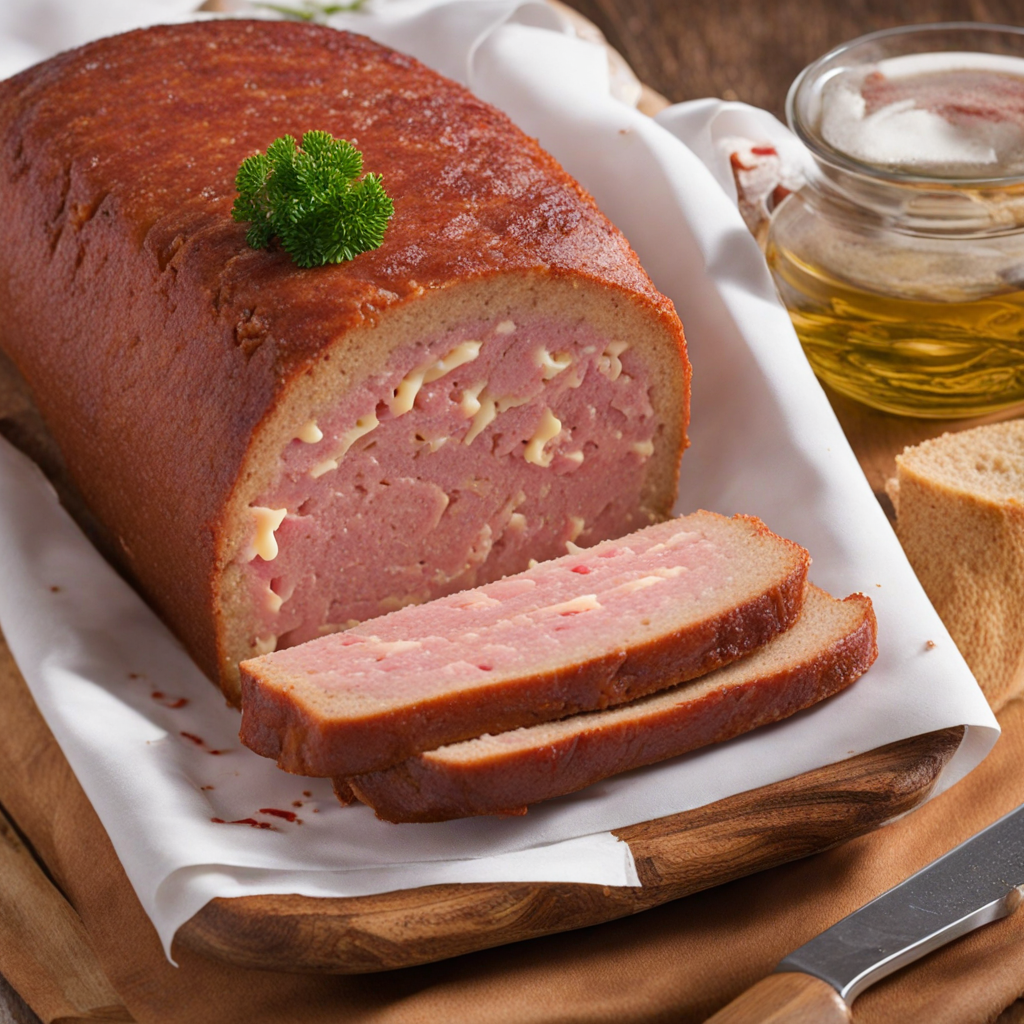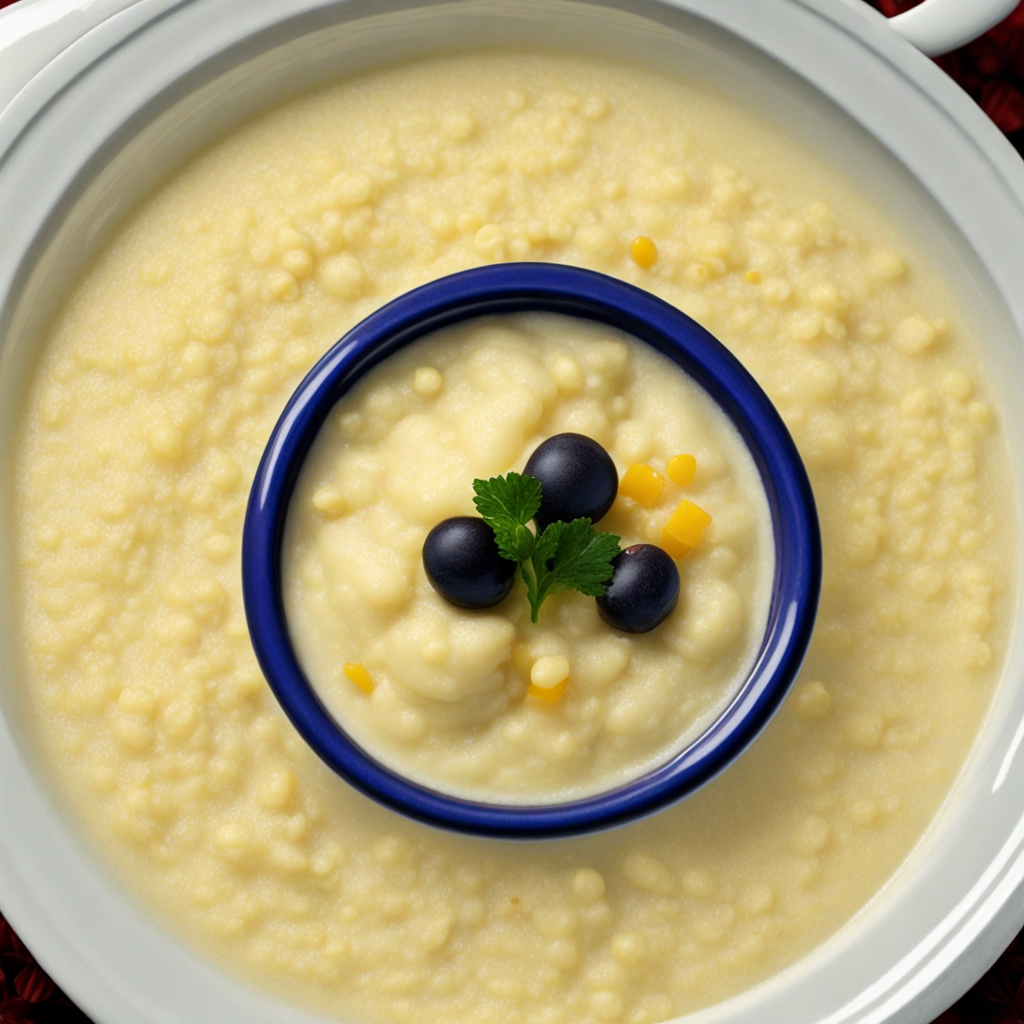Sursilvaner Grappa
Experience the unique taste of Sursilvaner Grappa, a traditional spirit hailing from the picturesque landscapes of Liechtenstein. This distinctive grappa is crafted from the pomace of the Sursilvan grape, which thrives in the region's temperate climate and rocky soil. The process of distillation retains the essence of the grapes, resulting in a spirit that encapsulates the floral and fruity notes of the vineyard. Each sip reveals a complexity that dances on the palate, providing hints of green apple, pear, and subtle spices, making it a delightful exploration of flavor. The character of Sursilvaner Grappa is further enriched by the artisanal methods employed by local distillers, who often use traditional copper stills to produce their spirits. This meticulous craftsmanship ensures that the final product not only showcases the inherent qualities of the Sursilvan grape but also reflects the heritage and passion of the Liechtenstein people. The smoothness of the grappa is complemented by a warming finish, inviting drinkers to savor its rich history and cultural significance. Sursilvaner Grappa can be enjoyed in various ways, whether sipped neat to appreciate its full flavor profile or used as a sophisticated addition to cocktails. Its versatility allows it to enhance culinary experiences, pairing beautifully with rich cheeses, dark chocolate, or even as a digestif to conclude a meal. This spirit not only offers a taste of Liechtenstein but also invites enthusiasts to embrace the artistry of local production and the vibrant culture that surrounds it.
How It Became This Dish
Sursilvaner Grappa: A Journey Through History and Culture Nestled in the heart of Europe, Liechtenstein is a small principality bordered by Switzerland and Austria, known for its picturesque landscapes and rich cultural heritage. Among its culinary treasures is Sursilvaner Grappa, a spirit that not only embodies the flavors of the region but also carries deep historical and cultural significance. This article explores the origins, cultural importance, and evolution of Sursilvaner Grappa, providing a comprehensive overview of this unique beverage. Origins of Sursilvaner Grappa The roots of grappa can be traced back to Italy, where it emerged in the 19th century as a distilled spirit made from the pomace—the solid remains of grapes after winemaking. The technique of distillation was refined in the region of Veneto, Italy, where local producers began to capitalize on the byproducts of winemaking. The term "grappa" itself is derived from the Italian word for grape pomace, and it has since become synonymous with the artisanal production of this spirit. In Liechtenstein, the production of Sursilvaner Grappa is closely linked to the region's longstanding tradition of viticulture. The Sursilva valley, with its rolling hills and favorable climate, has been cultivating grapes for centuries. Local farmers and vintners began to distill their surplus pomace, creating a spirit that was both a practical use of resources and a means of preserving the region's winemaking heritage. Thus, Sursilvaner Grappa emerged as a distinctive product, reflective of both local grape varieties and traditional distillation methods. Cultural Significance Sursilvaner Grappa is not merely an alcoholic beverage; it is a symbol of Liechtenstein's agricultural heritage and cultural identity. The production of this spirit is deeply ingrained in the local customs and traditions, often associated with family gatherings, celebrations, and communal events. For many residents, grappa is a cherished part of their culinary landscape, enjoyed as a digestif after meals or as a warm welcome for guests. The spirit is often consumed in small quantities, served in elegant glassware to highlight its aromatic qualities. Sursilvaner Grappa is typically accompanied by traditional local dishes, which may include hearty fare such as cheese fondue, cured meats, and rich pastries. This pairing not only enhances the flavors of the spirit but also underscores the communal aspects of dining in Liechtenstein, where food and drink play vital roles in fostering social connections. Moreover, Sursilvaner Grappa is often seen as a reflection of the region's craftsmanship and pride in local produce. Many distillers have maintained artisanal methods handed down through generations, emphasizing quality over quantity. This dedication to tradition is evident in the careful selection of grape varieties used, which often include local cultivars that impart unique characteristics to the final product. Development Over Time The evolution of Sursilvaner Grappa can be traced through various phases of technological advancement and changing consumer preferences. In the early days of production, distillation was a rudimentary process, often performed in small, family-owned distilleries. The emphasis was on local consumption, with little regard for commercial distribution. However, as the 20th century progressed, the demand for high-quality spirits led to a renaissance in grappa production across Europe, including Liechtenstein. During this period, advancements in distillation technology allowed producers to refine their techniques, improving the flavor and quality of the final product. Modern pot stills and continuous column stills became more prevalent, enabling distillers to create cleaner and more aromatic spirits. As a result, Sursilvaner Grappa began to gain recognition beyond its local roots, appealing to connoisseurs seeking authentic and artisanal spirits. The late 20th century marked a significant turning point for Sursilvaner Grappa as the global interest in craft spirits surged. The rise of the artisanal movement encouraged producers to embrace traditional methods while incorporating innovative practices. Distillers began to experiment with aging techniques, utilizing various types of barrels to impart unique flavors and complexity to the spirit. This experimentation led to the emergence of aged Sursilvaner Grappa, which developed deeper and richer profiles, appealing to a wider audience. In addition to production techniques, marketing and branding played crucial roles in the development of Sursilvaner Grappa. As tourism flourished in Liechtenstein, distillers seized the opportunity to promote their products to visitors. Distillery tours, tastings, and educational workshops became popular attractions, allowing tourists to experience the craftsmanship behind Sursilvaner Grappa firsthand. This exposure not only increased sales but also fostered a greater appreciation for the spirit as a cultural artifact. Modern Times and Future Prospects Today, Sursilvaner Grappa stands as a proud representation of Liechtenstein's culinary heritage. While it retains its traditional roots, the spirit continues to evolve in response to contemporary trends and consumer preferences. The rise of sustainability and organic farming has led some producers to explore eco-friendly practices, sourcing grapes from biodynamic vineyards and minimizing their environmental impact. Moreover, the global craft distilling movement has created opportunities for collaboration and innovation. Distillers in Liechtenstein are increasingly connecting with their counterparts across Europe and beyond, sharing knowledge and techniques that enhance the quality and diversity of Sursilvaner Grappa. This exchange of ideas fosters a spirit of camaraderie among producers, enriching the overall landscape of artisanal spirits. The future of Sursilvaner Grappa appears bright, with growing interest from both local and international markets. As consumers seek authentic experiences and artisanal products, Sursilvaner Grappa is poised to captivate new audiences. Its unique flavor profile, rooted in the traditions of Liechtenstein, offers a taste of the region's rich cultural history, inviting drinkers to partake in a story that spans generations. Conclusion Sursilvaner Grappa is more than just a distilled spirit; it is a testament to the rich agricultural heritage and cultural identity of Liechtenstein. From its humble origins as a practical use of grape pomace to its modern standing as a celebrated artisanal product, Sursilvaner Grappa embodies the spirit of craftsmanship, community, and tradition. As it continues to evolve and adapt to contemporary tastes, this unique beverage remains a cherished symbol of Liechtenstein’s vibrant culinary scene, inviting both locals and visitors to savor a taste of history in every sip.
You may like
Discover local flavors from Liechtenstein







